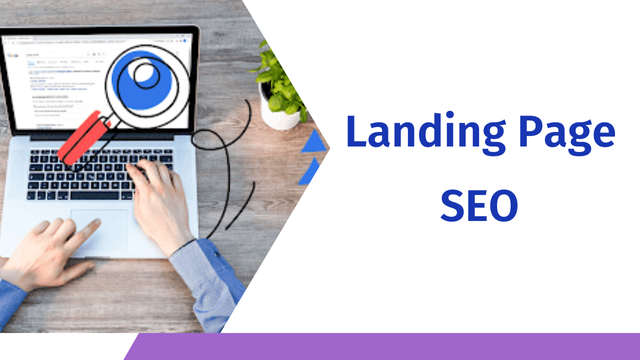Landing Page SEO: The ultimate Guide to optimization
Landing pages are crucial for generating traffic, gathering leads as well as for transforming visitor into buyers. However, even an example of an excellent design of the landing page will not be effective if the desired page is not well-ranked on the search engine result page. This is where landing page SEO – Search Engine Optimization comes in handy. The steps involved in enhancing the landing page to get a better rank in the search engine help in drawing more traffic to the websites and thereby helping in the increase in the conversion rates. Below is a comprehensive step-by-step guide to help anyone optimize their landing pages for SEO.
What is Landing Page SEO
Landing page SEO refers to the enhancement of many individual webpages in order to increase their rank in SERP. While normal website usually contains many pages, a landing page is generally a standalone page and may be created for a particular campaign, product or service with a primary purpose of driving conversion by way of CTA’s, forms, or buying. It is crucial to mention that every single landing page is designed with the intent to attract the target audience and actually engage them.
Landing Page SEO:Main Factors
1. Keyword Research
Select, with regard to your target audience, proper, high-intent keywords that can help you find relevant information. Typically such keywords are found with the help of tools like Google Keyword Planner, Ahrefs, or SEMrush to pick 10 keywords/most popular phrases with an intermediary amount of competition. Subtype is to target long-tail since it is an ideal way to identify the unique searches people make.
2. Compelling Headlines
State a headline which would contain your major key phrase. Specifically, they must be sure that the headline will attract the reader’s attention and tell them what the landing page can offer.
3. High-Quality Content
Provide highly necessary and entertaining content to people, meeting the need of the search. Use your target keywords in the body of the content without cramming them in. Subheading (H1, H2, H3) should be used to section your content with primary and secondary keywords placed in these subheading.
4. Mobile Optimization
Make sure landing page works great with the mobile devices up to the stability of the page.
5. Page Load Speed
Shrink images and make them as small as possible. Enable the browser caching and use the CDN resources to gain quick result in loading the web page. Use Google PageSpeed Insight or GTmetrix to test how fast your web page is.
6. User Experience (UX)
Ensure that its structure is clean and aesthetically attractive while taking the users to the intended proffered course of action. Underline CTAs in distinctive colors, and place a CTA at the bottom of each page as well as at the middle and end of a given blog or post. Reduce interferences and organize good flow of movement.
7. Internal and External Linking
Introduce internal links which can help to find similar content on your web site and make it convenient for a visitor. To enhance comprehensiveness and credibility use links to other sources outside of the article.
8. Multimedia Integration
To increase the level of interest in the topic, include good quality images, videos or infographic. Optimise all of your multimedia files – here ensure that the name of the file includes the title of the multimedia file as well as an alt text containing the keywords you have identified.
9. Schema Markup
Optimise the use of schema markup to assist the search engine in the indexing of the content of your landing page. Some of the tools you can use include Google’s Structured Data Markup Helper where you get the schema code of the page generated.
10. A/B Testing
Try out new ways of headlines, call-to-actions and structure to find out which one has better rankings and higher conversion rates. Some of the tools that can be used to run and analyze the test include Google Optimize or Optimizely.
Common Mistakes to Avoid
Ignoring Mobile Users: Most internet browsing is done via phones and tablets, and not implementing proper mobile friendly design can damage the ranking and conversion rates.
Overloading with Keywords: Of all the SEO techniques, keyword stuffing is bad and results in a penalty on search engines.
Slow Load Times: Slow loads return high bounce rates and lower rankings as most users no longer wait for pages with slow loading spaces.
Weak CTAs: Lack of clear, specific, and compelling Call to Actions can be an obstacle on the page.
Conclusion
We cannot overemphasize the importance of landing page SEO in any digital marketing plan. So, by having a spotlight on keyword research, content optimization and the user experience in general, you can guarantee that your landing pages rank as high as they should and that visitors will convert better. He who fails to constantly check and adapt his/her strategies is likely to lag behind in the increasingly contentious site search scenario.

